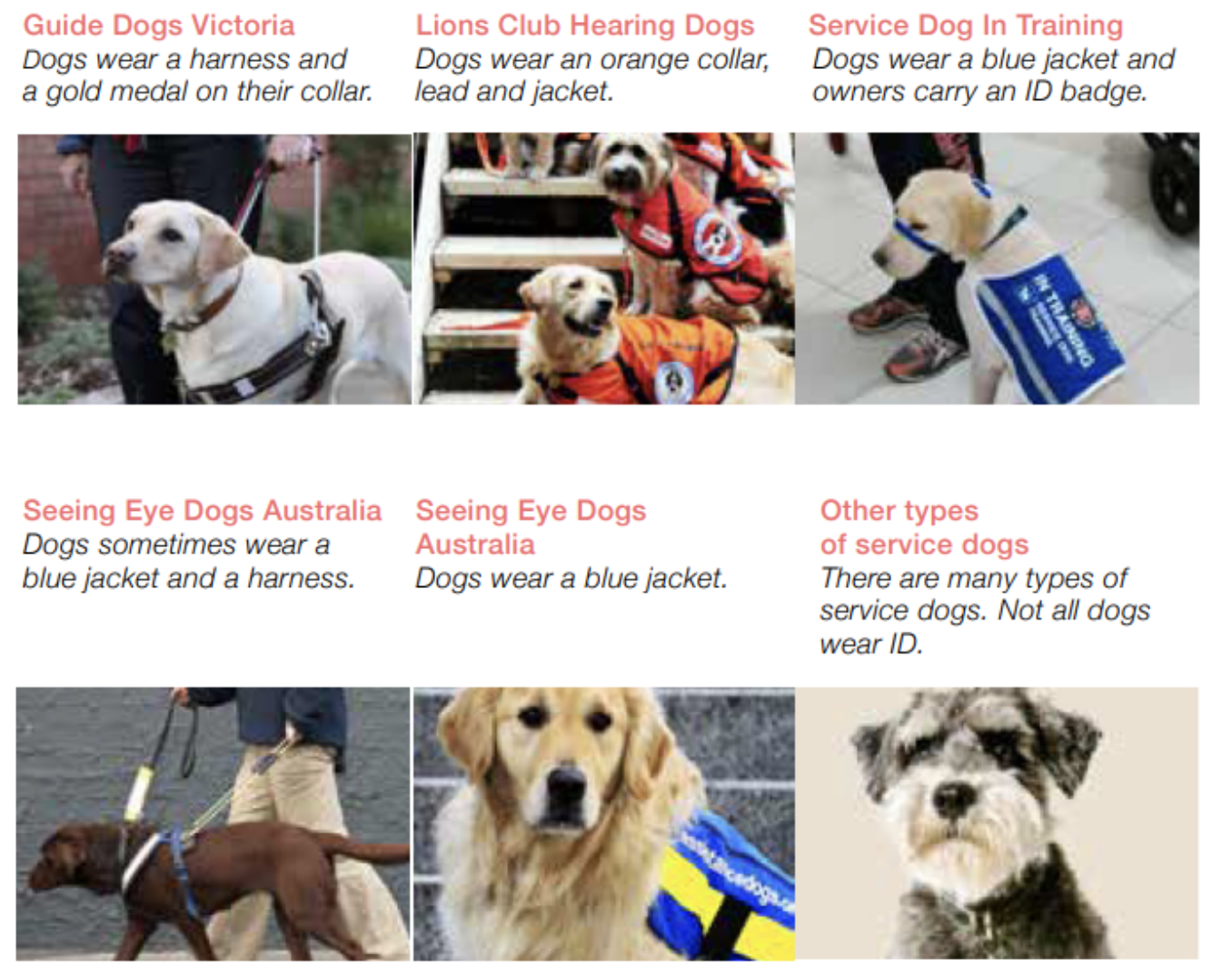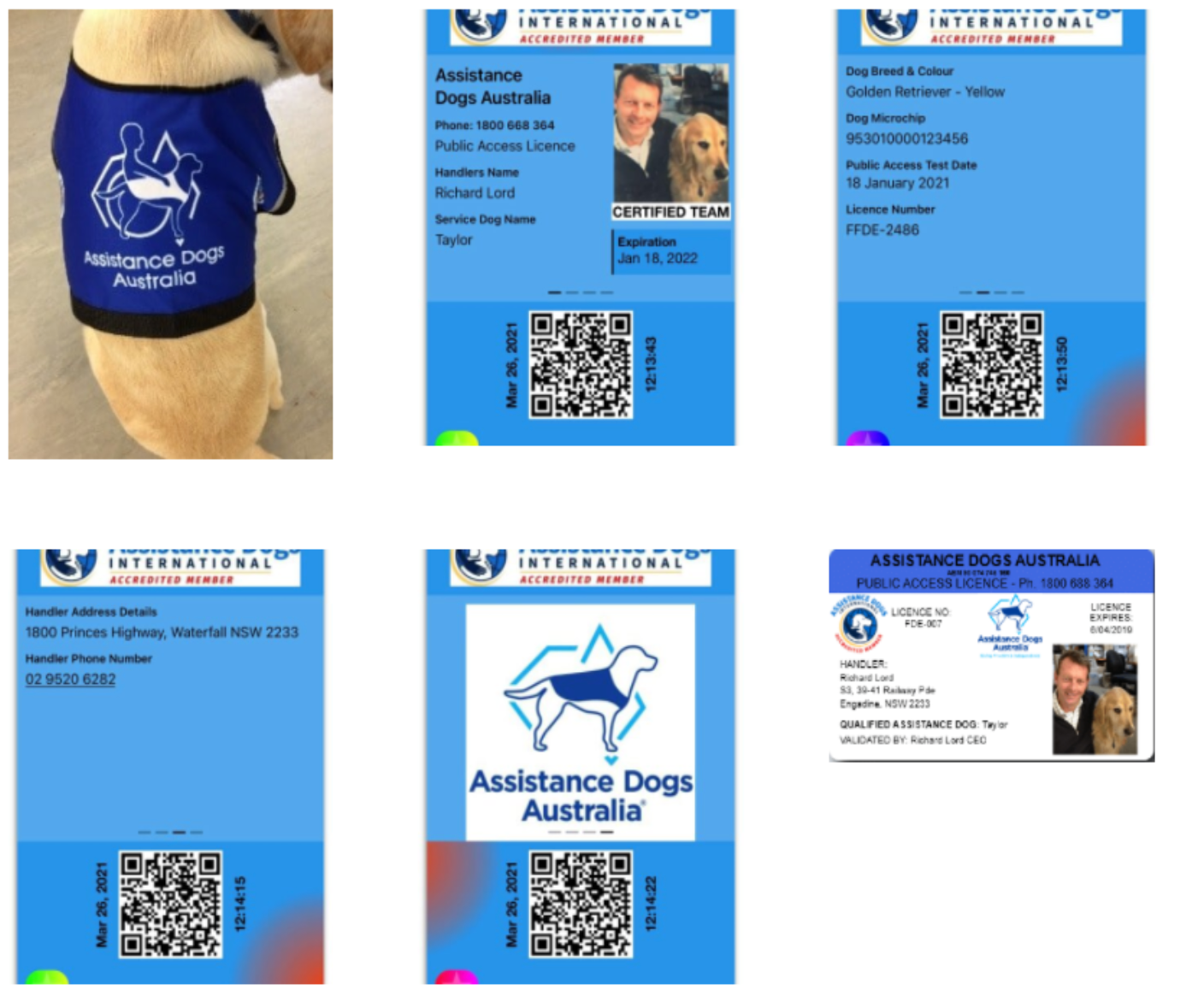Travelling with Assistance Animals policy
Purpose
Ola aims to provide a safe environment whereby customers and drivers are treated fairly and with respect when it comes to travelling with assistance animals.
Applicability
This policy applies to any person in Australia or New Zealand who is a:
- Registered Ola rider (collectively referred to as ‘riders’); and
- Registered Ola driver (collectively referred to as ‘drivers’).
Background
The Disability Discrimination Act 1992 (Cth) and the Human Rights Act 1993 (NZ) are the core Federal legislations that stipulate certain requirements with regards to the treatment of riders with assistance animals in Australia and New Zealand. Similarly, there are certain State and Territory legislations that also dictate the correct treatment of riders with assistance animals. A list of legislations can be found below:
- Dog Act 1976 – WA
- Transport (Road Passenger Services) Regulations 2020 – WA
- Guide, Hearing and Assistance Dogs Act 2009 – QLD
- Domestic Animals Act 2000 – ACT
- Companion Animals Act 1998 – NSW
- Commercial Passenger Transport (General) Regulation 2017 – VIC
What are Assistance Animals?
Assistance Animals are dogs or other animals that are recognised by a law of a State or Territory that provides for the accreditation of animals trained to assist a person with a disability to help with the effect of their disability. Assistance Animals can also be accredited by an animal training organisation that trains the animal to assist a person with a disability to help with the effect of their disability, and to also meet standards of hygiene and behaviour that are appropriate for an animal in a public place.
How do you recognise an Assistance Animal?
As a driver, it might be difficult for you to recognise an assistance animal. If you are unsure about a particular animal that a rider claims is an assistance animal, you may ask the rider for clarification. If the rider confirms that the animal is an assistance animal, you may politely ask them to clarify how the animal is trained to assist them and any evidence or identification that they might have.
Assistance animals vary in nature and are not required to wear vests, tags or collars for you to immediately identify them. Below is a chart to help you identify some common assistance animals:

Source: Commercial Passenger Vehicles Victoria
Below is also an example of identification issued to people with certified assistance dogs from Assistance Dogs Australia:

Source: Assistance Dogs Australia
What are some disabilities a rider may have?
Assistance Animals can help riders with many disabilities. Some examples of disabilities that a rider might have, include (this list is not exhaustive):
- Visually impaired;
- Hearing impaired;
- Mentally impaired;
- Any physical disability;
- Anxiety;
- Dementia;
- Autism
Where can you find more information?
For more information about travelling with assistance animals or disability awareness in general, please visit:
- https://www.legislation.gov.au/Details/C2016C00763 (AU)
- https://www.legislation.govt.nz/act/public/1993/0082/latest/DLM304212.html (NZ)
- https://humanrights.gov.au/sites/default/files/GPGB_disability_discrimination.pdf (AU)
- https://humanrights.gov.au/our-work/disability-rights/projects/assistance-animals-and-disability-discrimination-act-1992-cth#What%20is%20the%20legal%20understanding (AU)
- https://cpv.vic.gov.au/__data/assets/pdf_file/0004/431707/Helping-passengers-with-assistance-animals.pdf (VIC)
- https://www.equalityhumanrights.com/sites/default/files/assistance-dogs-a-guide-for-all-businesses.pdf
- https://www.pointtopoint.nsw.gov.au/sites/default/files/media/documents/2022/Assistance_Animals-Factsheet-APPROVED-28.03.22_AA_1.pdf (NSW)